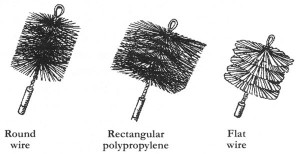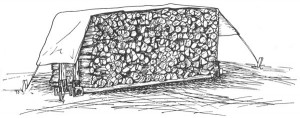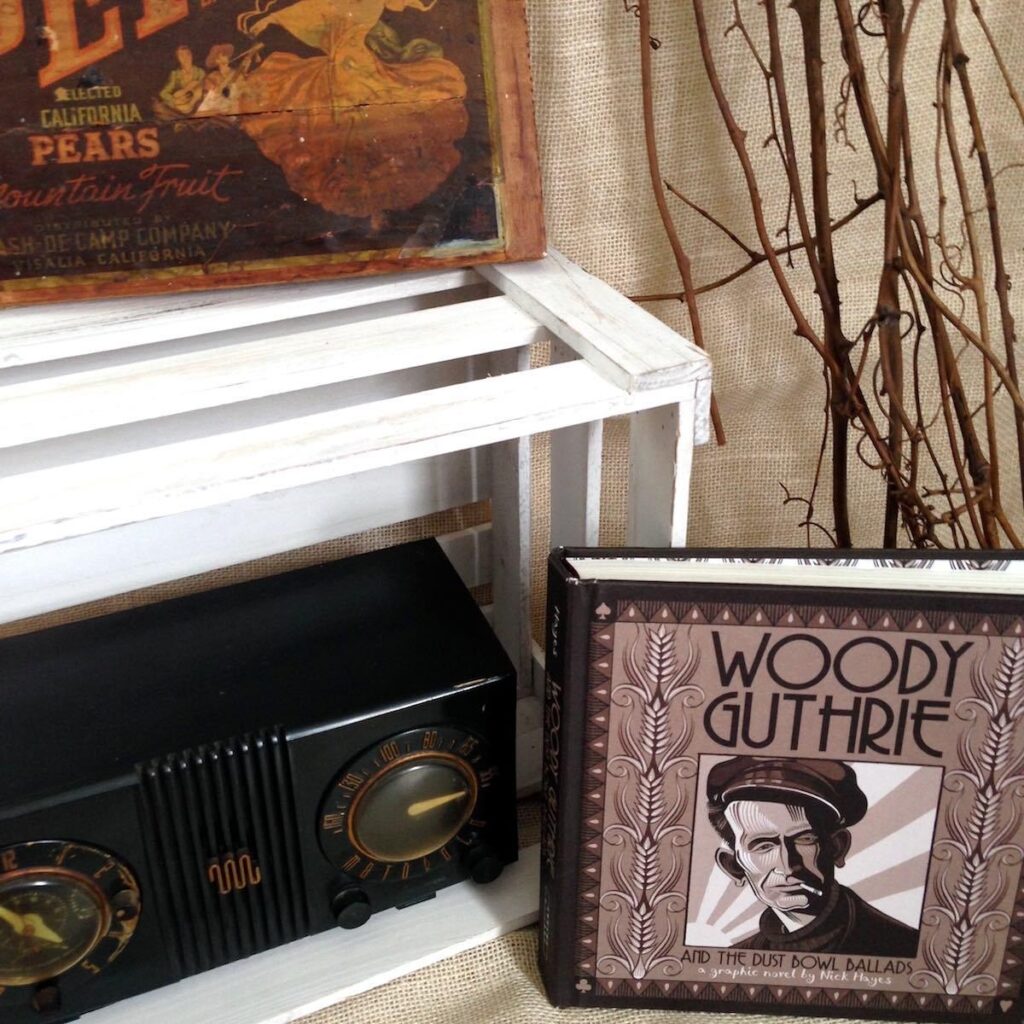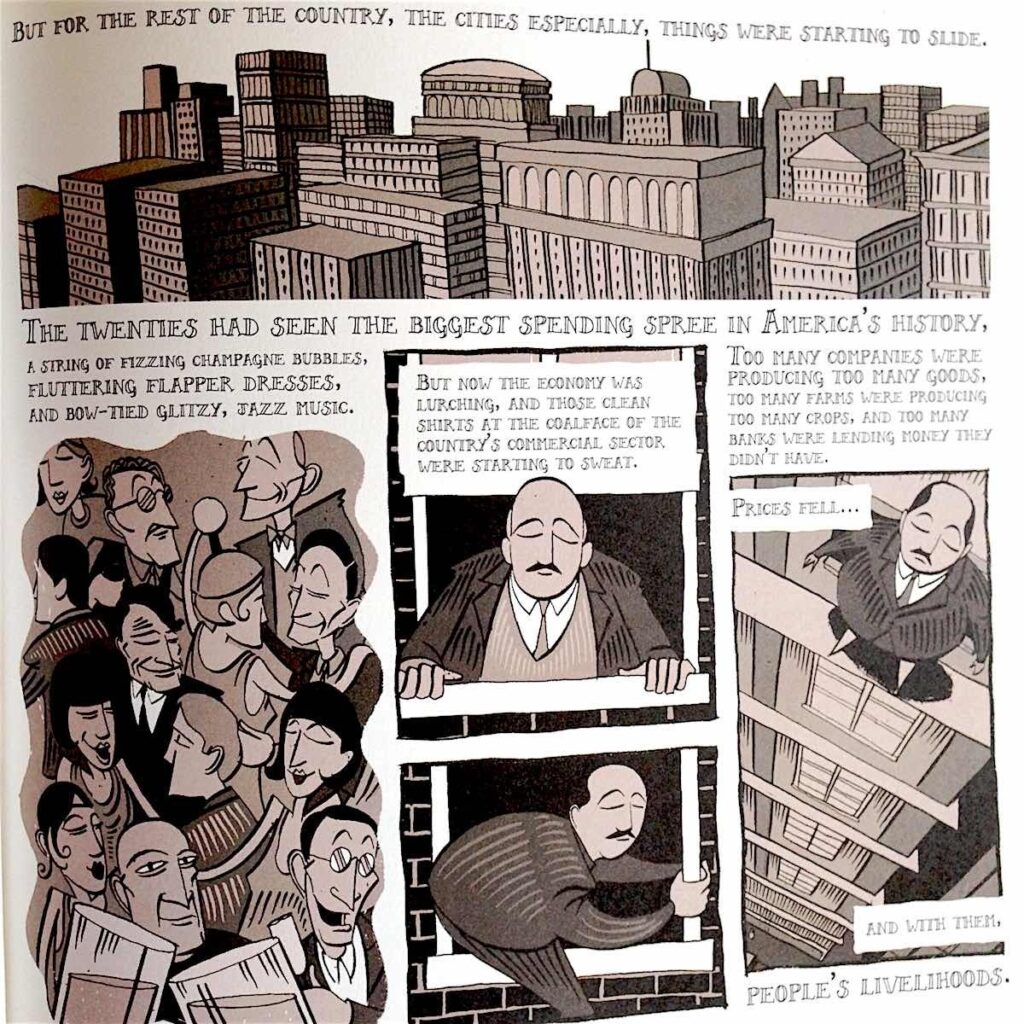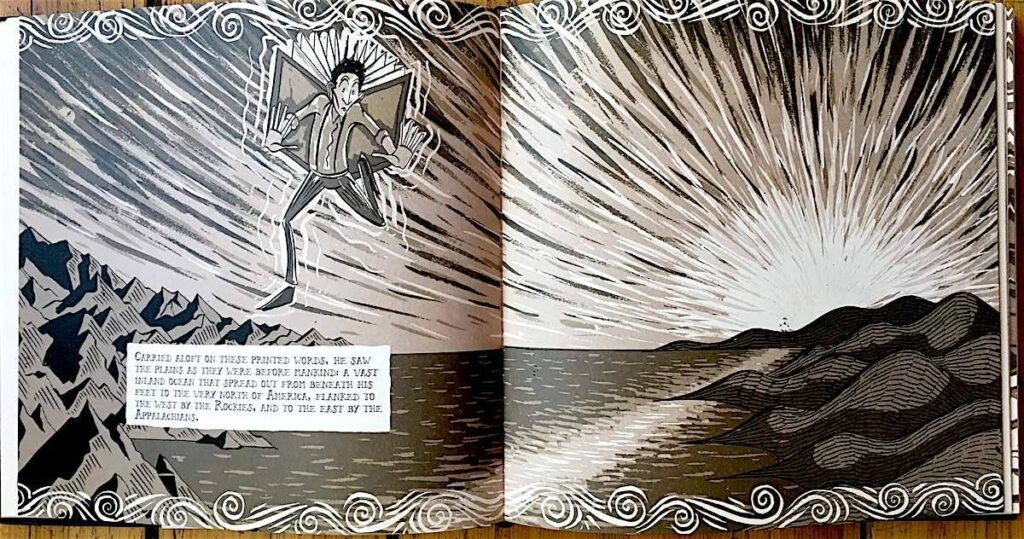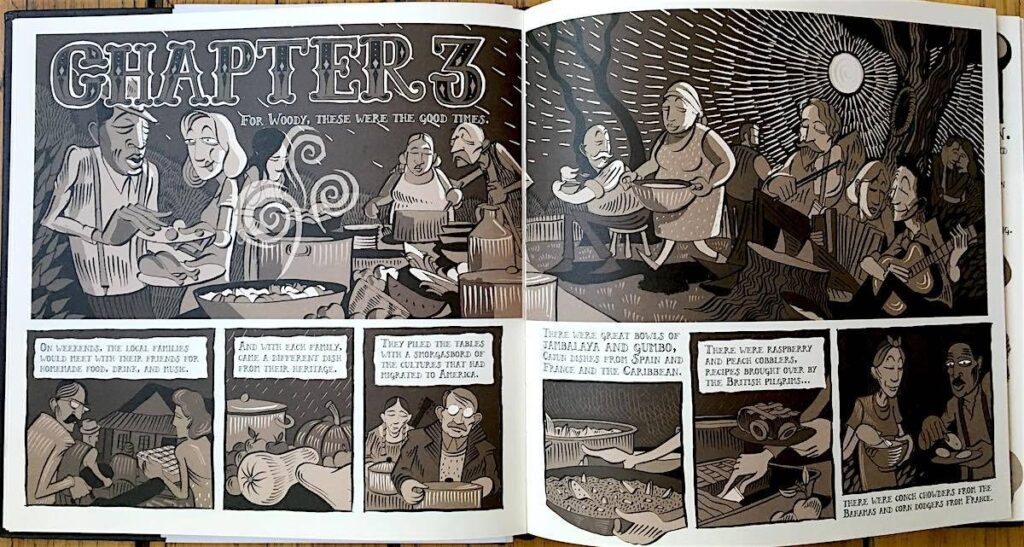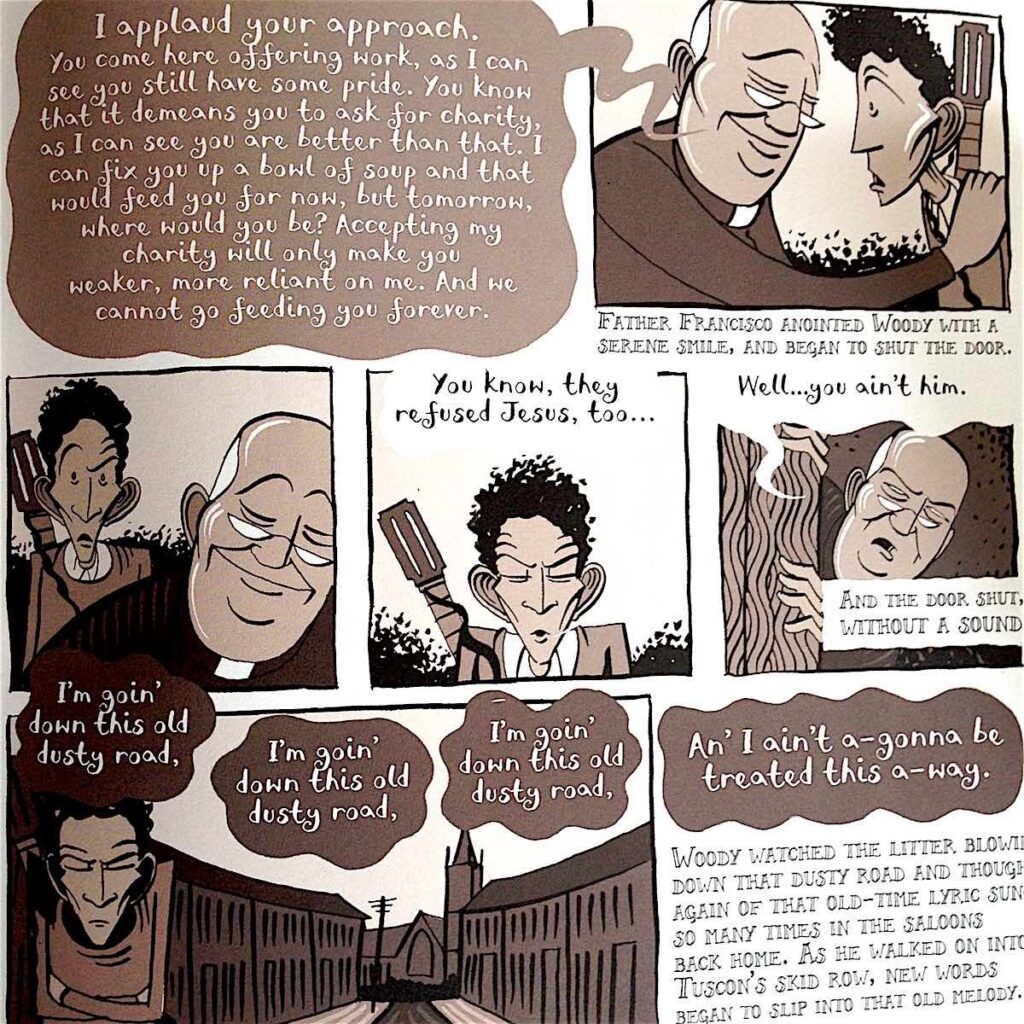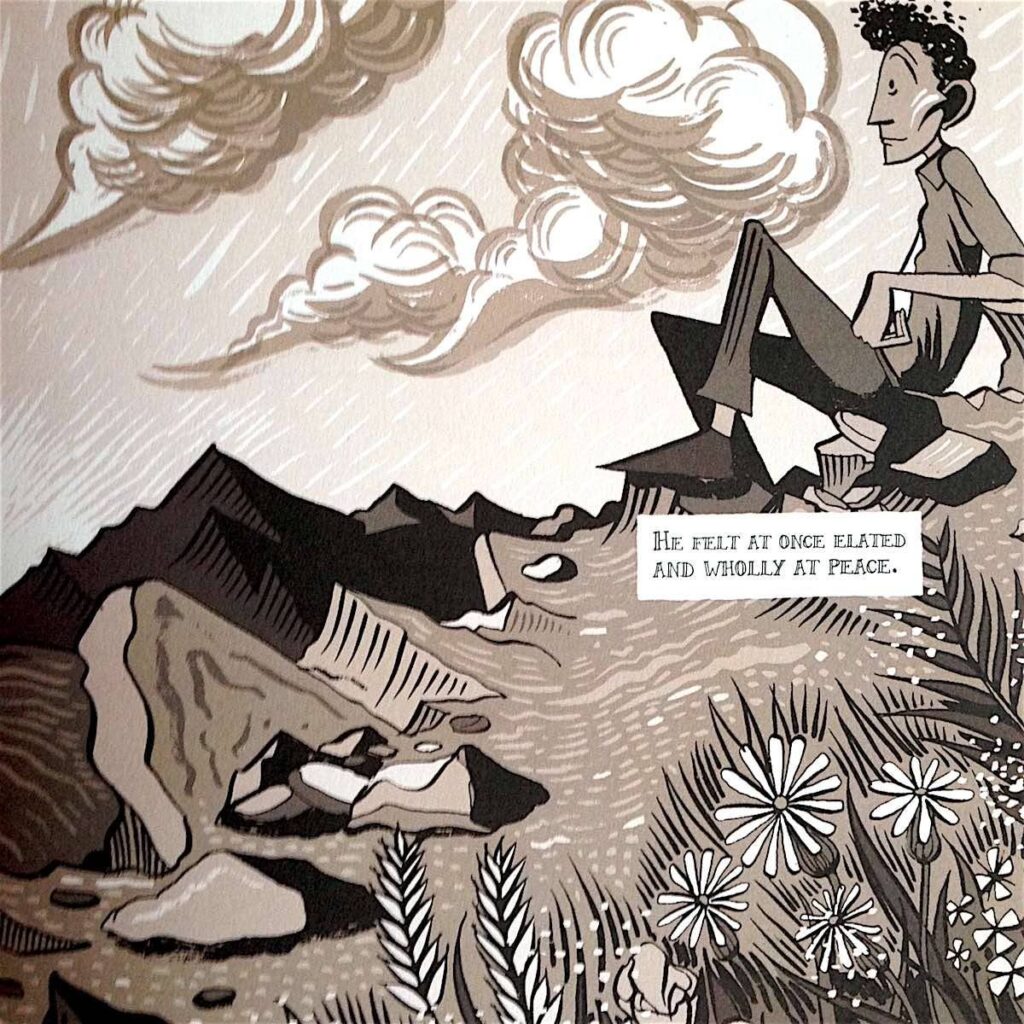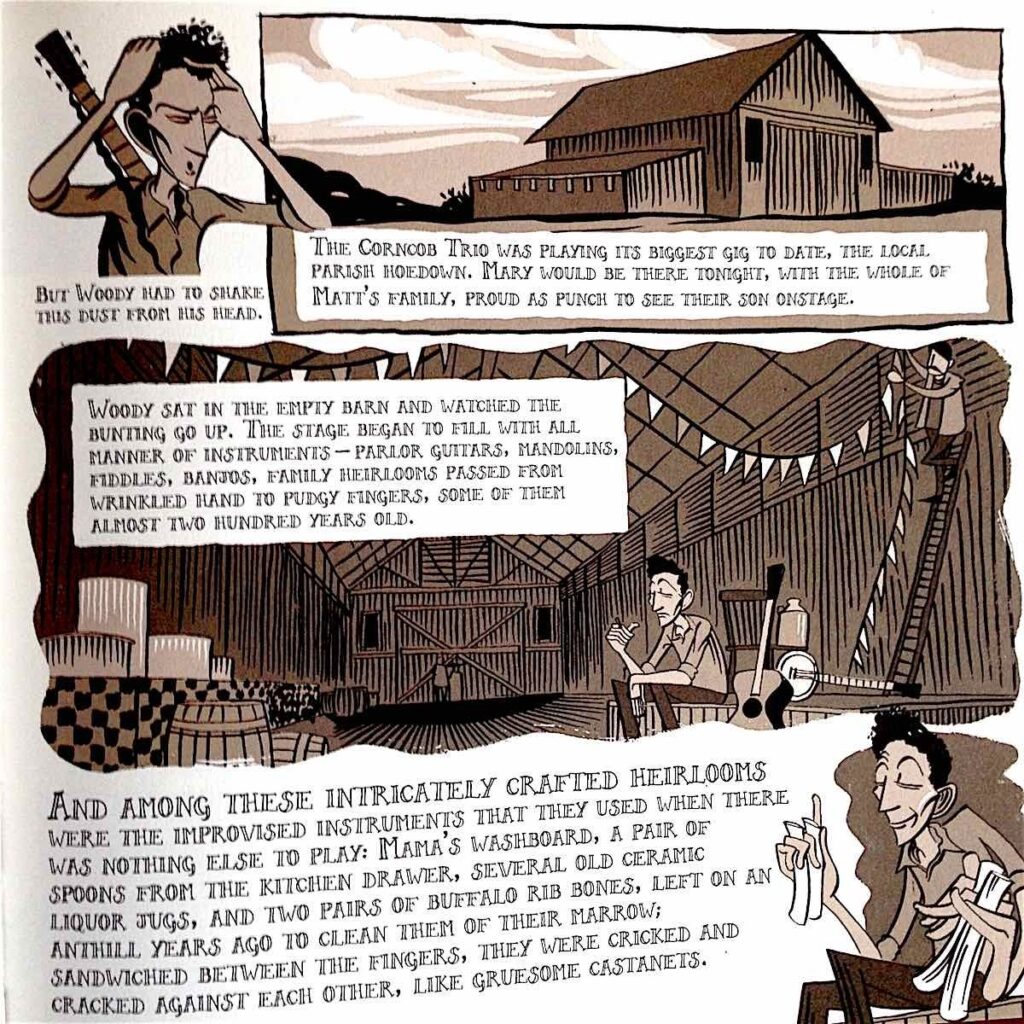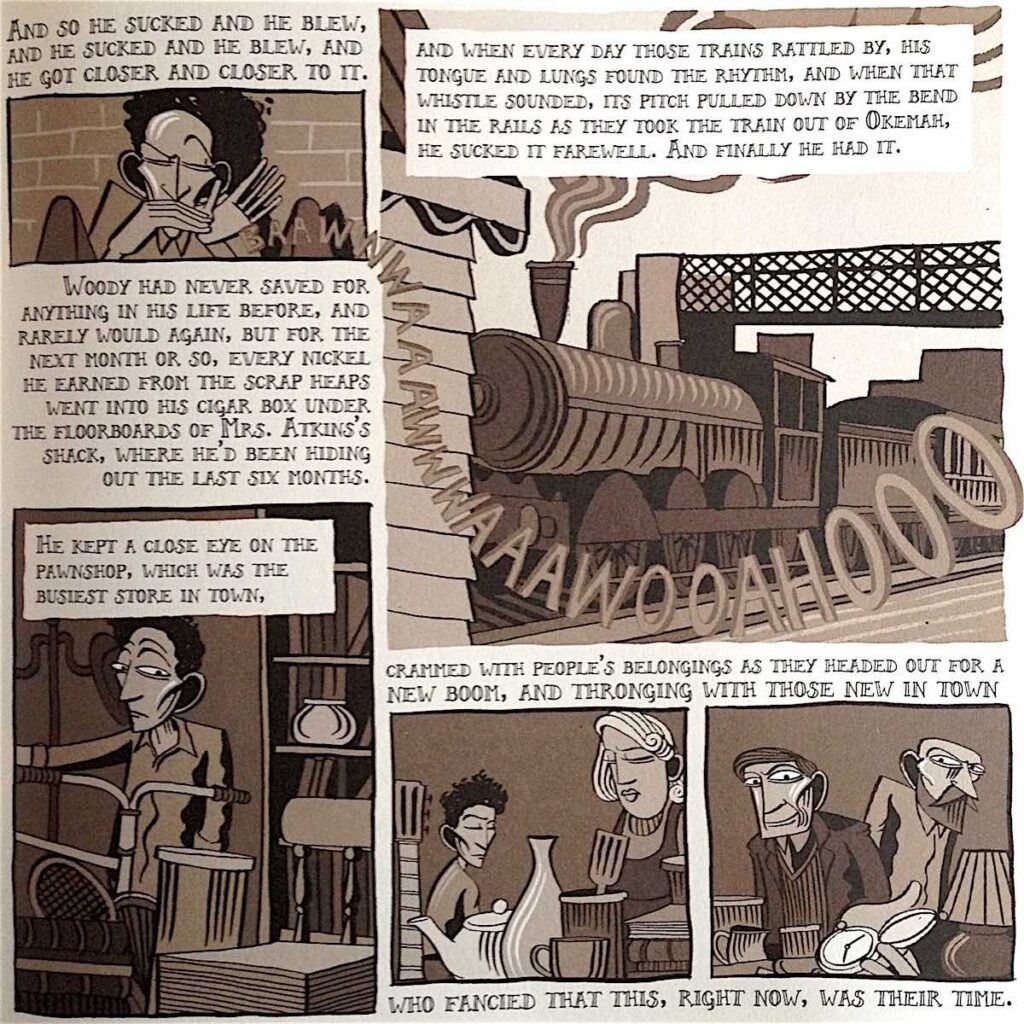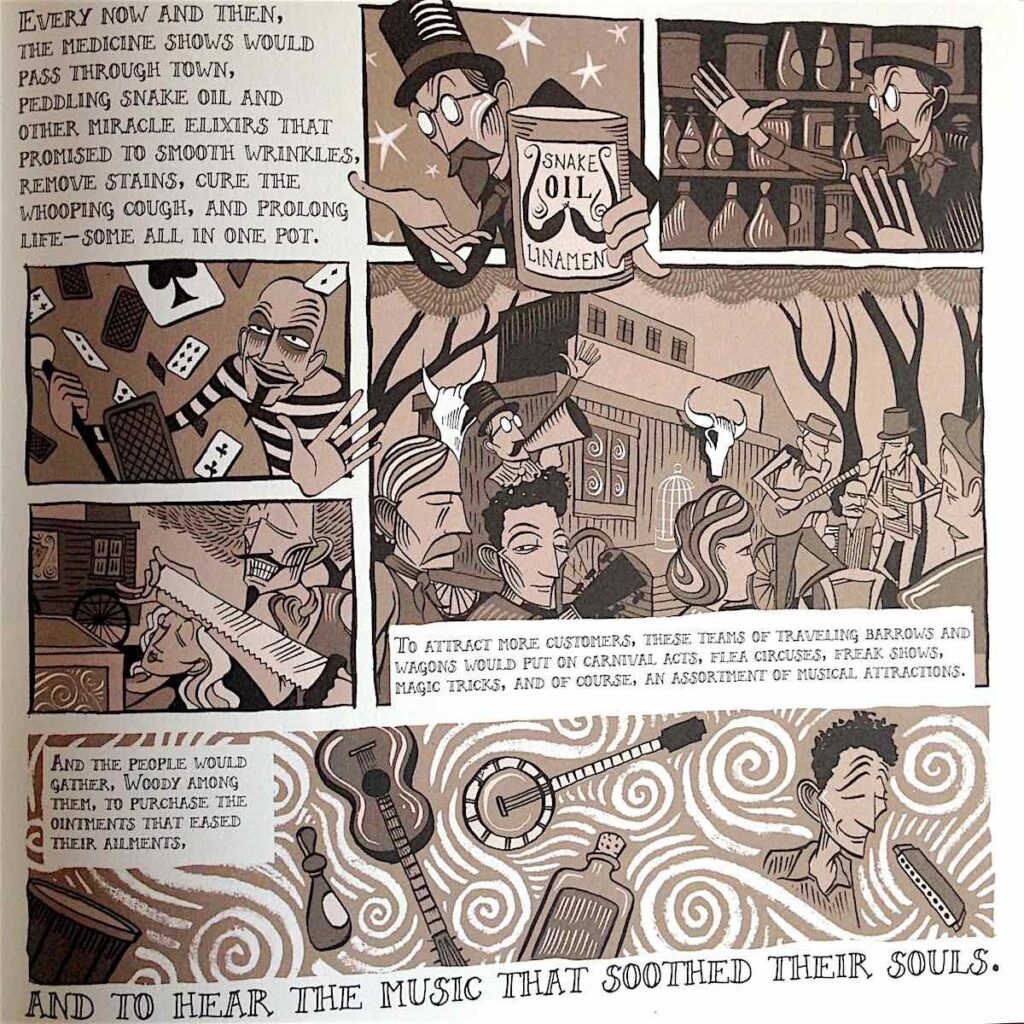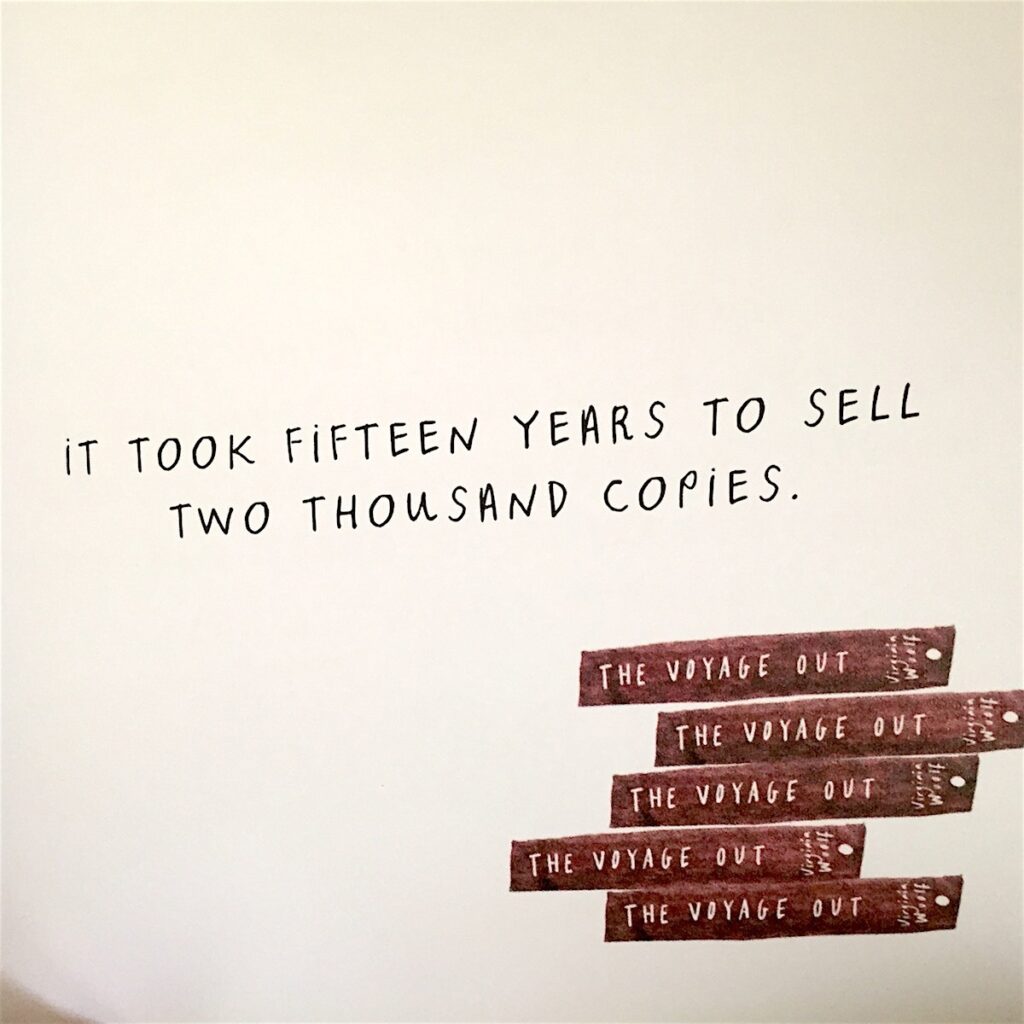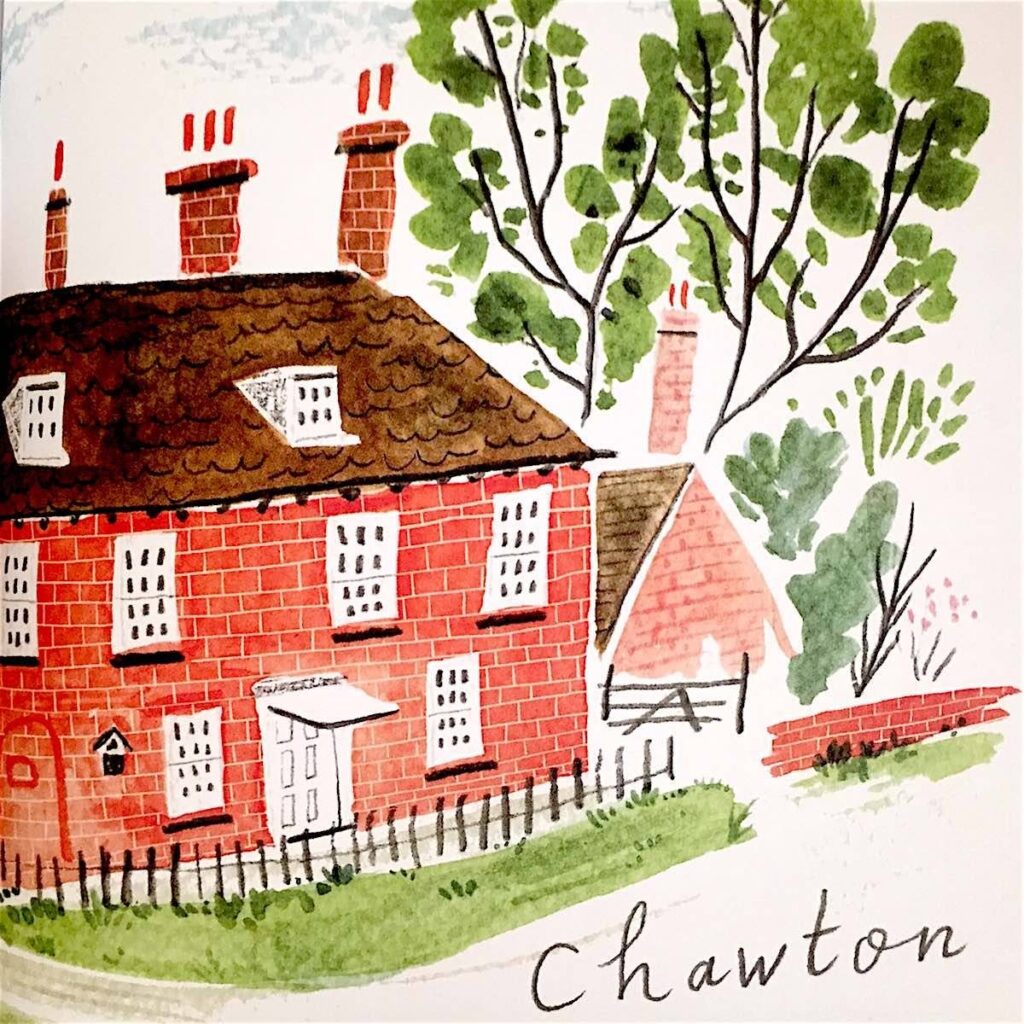Woodburner’s Companion
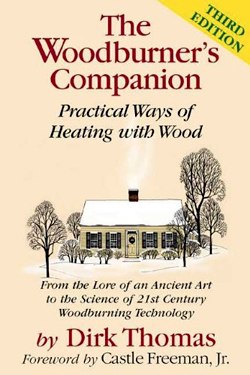
Best advice for wood heat
If you burn wood for heat, read this book. I was amazed at how much I learned, and I’ve relied on wood heat for a number of long winters. Read it twice if you are just thinking about burning wood. It’ll help you sort out whether you want a furnace, or stove; pellet or logs; masonry or metal, buy wood or cut it yourself, and so on. This is first-rate advice, pithy and to the point, up-to-date, well-written and insightful. The author is a professional chimney sweep and his instructions on how (and why) to clean your chimney are worth the price of the book alone.
07/8/13Excerpt
Does it make economic sense, then, to heat your home with wood? Yes, if you have more time than money, and yes, if you enjoy the work and ritual unique to this form of heat. Burning wood fits some ways of life in the same way that vegetable gardening and livestock raising do: it also saves money, but the savings are almost incidental to the satisfaction it can provide.
*
Is heating with wood ethical? It may not be if you live in an area plagued by air pollution. It probably isn't if you live in an area with little forested land. It isn't if you harvest and burn your wood irresponsibly. If, on the other hand, your circumstances permit and you decide to become a responsible user of the resource, wood burning can be an integral part of a contained and conserving way of live with positive ecological impacts balancing the negative.
*
Wood as the Primary Source of Heat
This strategy will fit a few more households than the first: you've got a back-up heating system, so you have more flexibility. Your stove won't completely run your life six months a year, but you'll probably burn nearly as much wood as will those in the first category, so your house, location and lifestyle need to be nearly as accommodating.
Wood as Supplementary Heat
Even if your circumstance make major reliance on wood heat impractical, you might find that a stove or fireplace stove which heats part of your house some of the time will give you substantial savings on your fuel bills and a good deal of pleasure and comfort in the bargain.
Wood as an Emergency Back-up Heat Source
I mentioned the catastrophic ice storm of 1998 earlier, but even the lesser power outages to which rural areas are prone can be uncomfortable or even dangerous in severe weather. A just-in-case wood stove and a small supply of wood can turn a wretched situation into a merely inconvenient one.
*
Masonry Heaters
Instead of a round-the-clock fire maintained by periodic stoking and control of the air supply--the modus operandi applied to other serious wood heating equipment--masonry heaters rely on very hot fires--at time in excess of 2,000 degrees Fahrenheit--of short duration. Fires lasting only an hour or two heat a masonry mass weighing a ton or much more. The mass then radiates the stored heat for 12 to 24 hours, depending upon the weather. The extremely hot fires result in very clean burns.
*
A well-designed masonry heater, on the other hand, stores and radiates something on the order of 80% of the heat it produces. It does this by directing the intensely hot gases through a series of channels in the masonry mass. By the time the exhaust reaches the top of the chimney, it is almost cool, having left its heat in the masonry. The smoke does not deposit creosote if the heater is properly operated, because the fire is so hot that the tars and organic compounds are consumed in the firebox.
*
Disadvantages
Price. Pellet stoves usually cost more than wood stoves, and the fuel isn't cheap. As a national average, pellets currently cost about $3.50 per 40 pounds, or $165-$175 per ton. With 1 ton of pellets having the heat value of 1 1/2 cord of hardwood, fuelwood must cost $100 per cord in your area for pellets to be an economical fuel.
*
Keep the chimney inside. Chimneys that are in the house for most of their length stay cleaner, work better, last longer and return more heat to the house than do chimneys outside the exterior walls.
*
If you see 1/4-inch of creosote, you'll know that the chimney needs cleaning, but the absence of creosote where you can see doesn't mean that there's none elsewhere.
*
*
Detection of a chimney fire is not usually a problem. It will likely announce itself with a prolonged roaring noise, smoke and odor in the house and thick, dark smoke and/or sparks and flames coming out of the top of the chimney. Some chimney fires are not so dramatic, probably because they haven't enough fuel or oxygen to really take off, but all chimney fires are potentially destructive and should be taken seriously. To people who regard them as a harmless way to clean a chimney, I can only say that physicians used to bleed people who were ill, too; all of the available objective evidence indicates that both practices are foolhardy.
*
The Woodburner's Companion Dirk Thomas 2006, 176 pages $13


